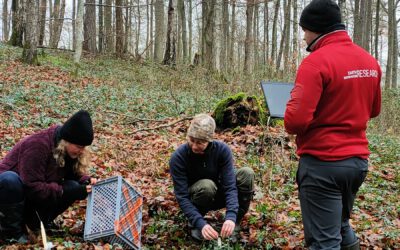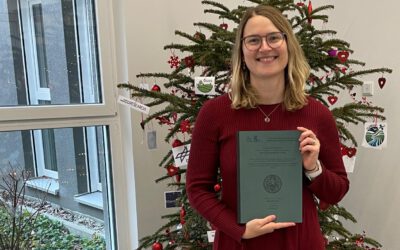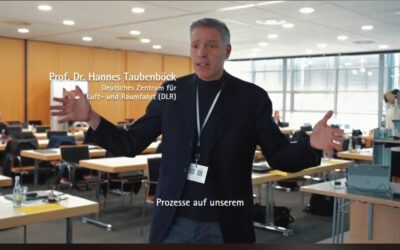The biology student learned a wide range of spatial functionality from creating maps up to classifications – they learned how to do it in QGIS as well as R. We are very much looking forward to see their skills being applied in forthcoming courses within the biology faculty and their MSc thesis research.
Christmas vibes in the University Forest
Today, EORC staff visited the University Forest in Sailershausen, focusing on routine field activities and collecting impressions for future research. This included data collection from existing loggers and installing additional probes to support ongoing measurements....









